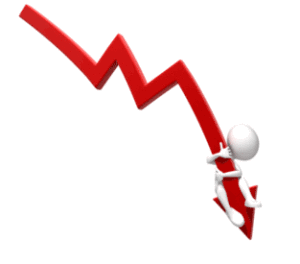 The late Russell Ackoff used to tell a great story. It goes like this:
The late Russell Ackoff used to tell a great story. It goes like this:
“A team set themselves the stretch goal of building the World’s Best Car. So the put their heads together and came up with a plan.
First they talked to drivers and drew up a list of all the things that the World’s Best Car would need to have. Safety, speed, low fuel consumption, comfort, good looks, low emissions and so on.
Then they drew up a list of all the components that go into building a car. The engine, the wheels, the bodywork, the seats, and so on.
Then they set out on a quest … to search the world for the best components … and to bring the best one of each back.
Then they could build the World’s Best Car.
Or could they?
No. All they built was a pile of incompatible parts. The WBC did not work. It was a futile exercise.
Then the penny dropped. The features in their wish-list were not associated with any of the separate parts. Their desired performance emerged from the way the parts worked together. The working relationships between the parts were as necessary as the parts themselves.
And a pile of average parts that work together will deliver a better performance than a pile of best parts that do not.
So the relationships were more important than the parts!
From this they learned that the quickest, easiest and cheapest way to degrade performance is to make working-well-together a bit more difficult. Irrespective of the quality of the parts.
Q: So how do we reverse this degradation of performance?
A: Add more failure-avoidance targets of course!
But we just discovered that the performance is the effect of how the parts work well together? Will another failure-metric-fueled performance target help? How will each part know what it needs to do differently – if anything? How will each part know if the changes they have made are having the intended impact?
Fragmentation has a cost. Fear, frustration, futility and ultimately financial failure.
So if performance is fading … the quality of the working relationships is a good place to look for opportunities for improvement.
